The painting captures a serene natural scene, a slow-moving stream surrounded by lush greenery. The composition is balanced, with trees leaning inwards towards the centre, creating a natural frame for the water body. The foreground features the reflective surface of the water, adorned with floating lily pads. The reflections of trees and light on the water add depth and complexity to the composition. The background fades into a bright, sunlit landscape, suggesting an open field or a continuation of the forest. The interplay between light and shadow creates a dynamic yet tranquil atmosphere.
Crébassa employs a rich, natural palette dominated by greens, yellows, and browns. The use of vibrant colors in the foliage contrasts with the softer, more muted tones of the reflections in the water. The painting features a masterful use of light, with sunlight filtering through the trees, casting dappled shadows on the ground and water. This effect adds realism and enhances the peaceful mood of the scene. The reflection of trees in the water is depicted with varying hues and shades, capturing the movement and distortion caused by the water’s surface. This technique highlights Crébassa's skill in portraying natural elements authentically.
Crébassa’s brushwork is fluid and expressive, particularly in the depiction of the water and foliage. The strokes are both deliberate and loose, allowing for a realistic yet impressionistic rendering of the scene. The texture in the painting is achieved through layered brushstrokes, giving depth to the trees and foliage while maintaining a smooth, reflective quality in the water. This textural variation adds to the tactile sense of the scene. The painting shows clear influences of the Impressionist movement, particularly in its focus on capturing light and atmosphere. The loose brushstrokes and vibrant colour palette are characteristic of this style.
The overall mood of the painting is one of tranquillity and serenity. The calm water and the gentle interplay of light and shadow evoke a peaceful, almost meditative state. Crébassa effectively captures the beauty of a natural, untouched landscape. The detailed rendering of the flora and the reflective water surface emphasizes the harmony and simplicity of nature.
The painting likely a scene familiar to Crébassa, possibly from the French countryside, reflecting his connection to the natural landscapes of his homeland.
This painting is dedicated to Louis Nicolas Matout (1811-1888), who was a renowned French painter and muralist, known primarily for his cityscapes, genre scenes, and historical murals, as is evidenced by the inscription. "Au grand pêcheur Louis Matout mon ami." This highlights the mutual respect and camaraderie shared among artists of that period.
Biography of Paul-Édouard Crébassa
Paul-Édouard Crébassa was born on April 4, 1864, in Graissessac, Hérault, France. His artistic journey began in his hometown before he moved to Paris to further his education and career. Paris, being the cultural heart of France, provided Crébassa with ample opportunities to develop his skills and gain exposure. He was a versatile artist, known for his work as a painter, lithographer, and illustrator. His works are noted for their post-impressionist style, characterized by vivid colors and expressive brushwork. Crébassa's subjects ranged from urban landscapes and café scenes to more intimate studies of human figures and daily life.
Some of his notable works include "Café de nuit" (1897), "Nu au bord d'une rivière," and "La Rixe." He also created a series of lithographs such as "Les femmes à l'absinthe" (1894) and "Fumeuse ou Intimité" (1895), which are housed in prestigious institutions like the National Gallery of Art in Washington, the Rijksmuseum in Amsterdam, and the Detroit Institute of Arts
Crébassa exhibited his works in various important venues throughout his career. His works were featured in both national and international exhibitions, earning him recognition and acclaim. He was active in the Parisian art scene, participating in exhibitions that showcased his lithographs and paintings, reflecting the vibrant life of the city and its inhabitants. Paul-Édouard Crébassa passed away on May 6, 1912, in Paris. Despite his relatively short life, his contributions to post-impressionist art were significant. His works continue to be appreciated for their dynamic compositions and vibrant use of color. Crébassa's art offers a glimpse into the cultural and social milieu of late 19th and early 20th century France.
Crébassa's works are part of several notable collections. The National Gallery of Art, the Rijksmuseum, and the Detroit Institute of Arts hold some of his most important lithographs, ensuring that his artistic legacy endures. His works remain a subject of interest for collectors and art historians alike, reflecting the enduring appeal of his artistic vision.


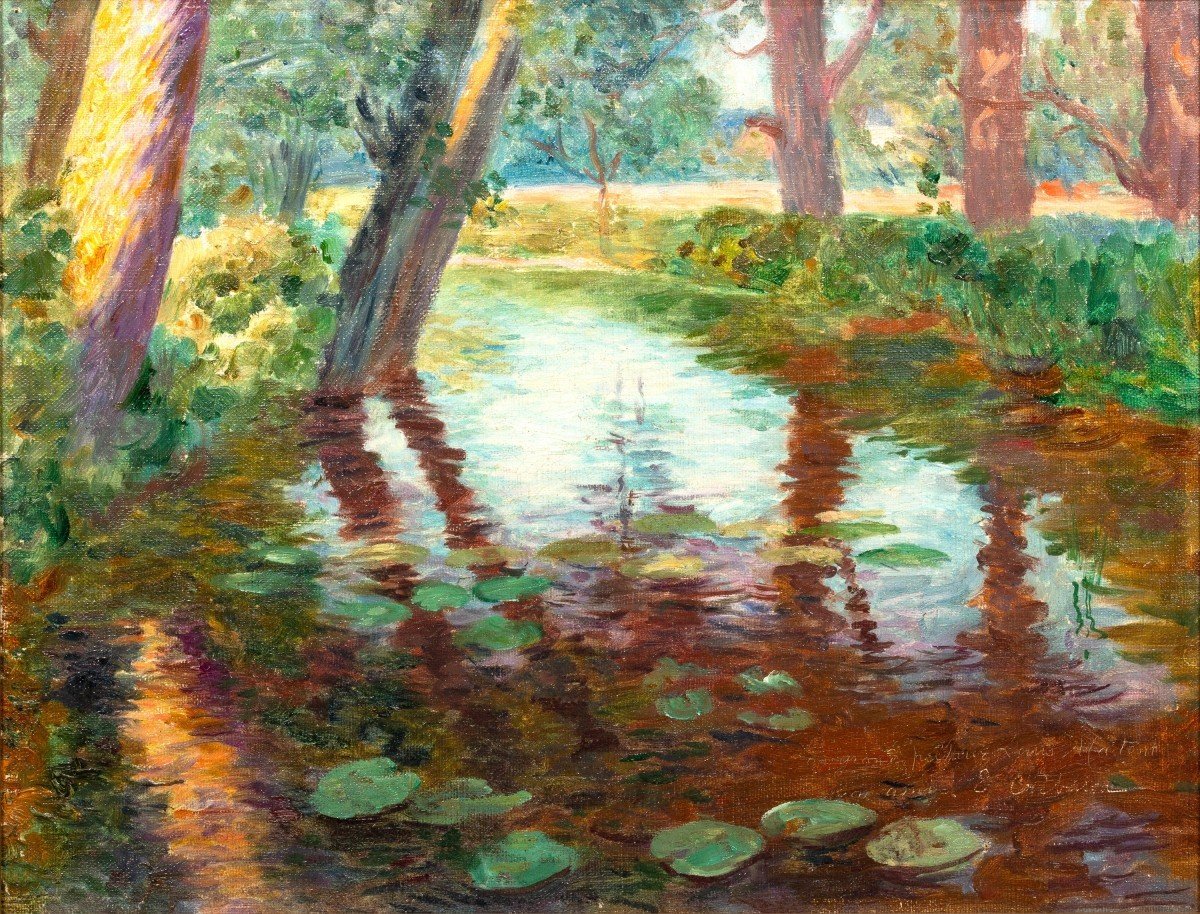



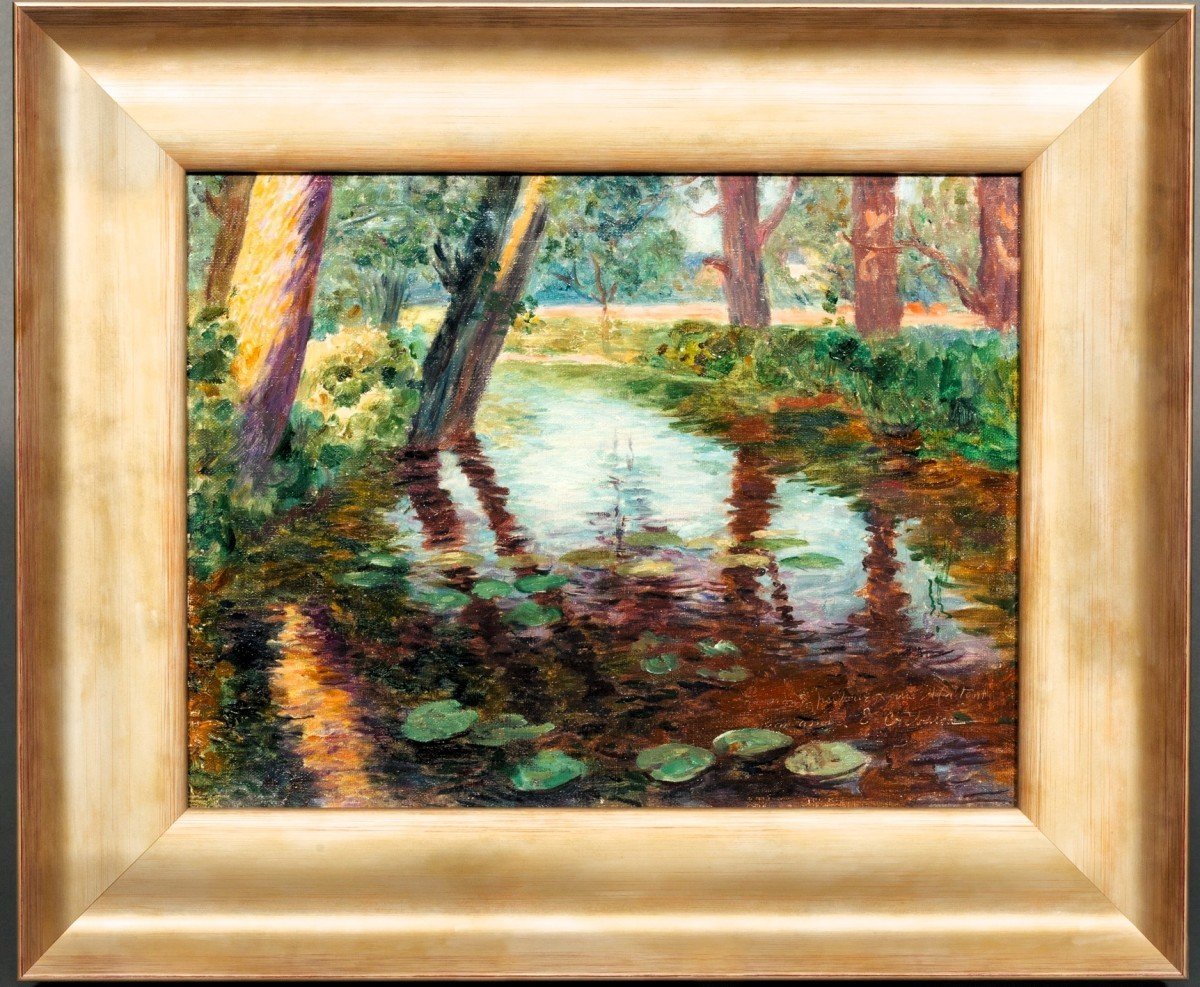
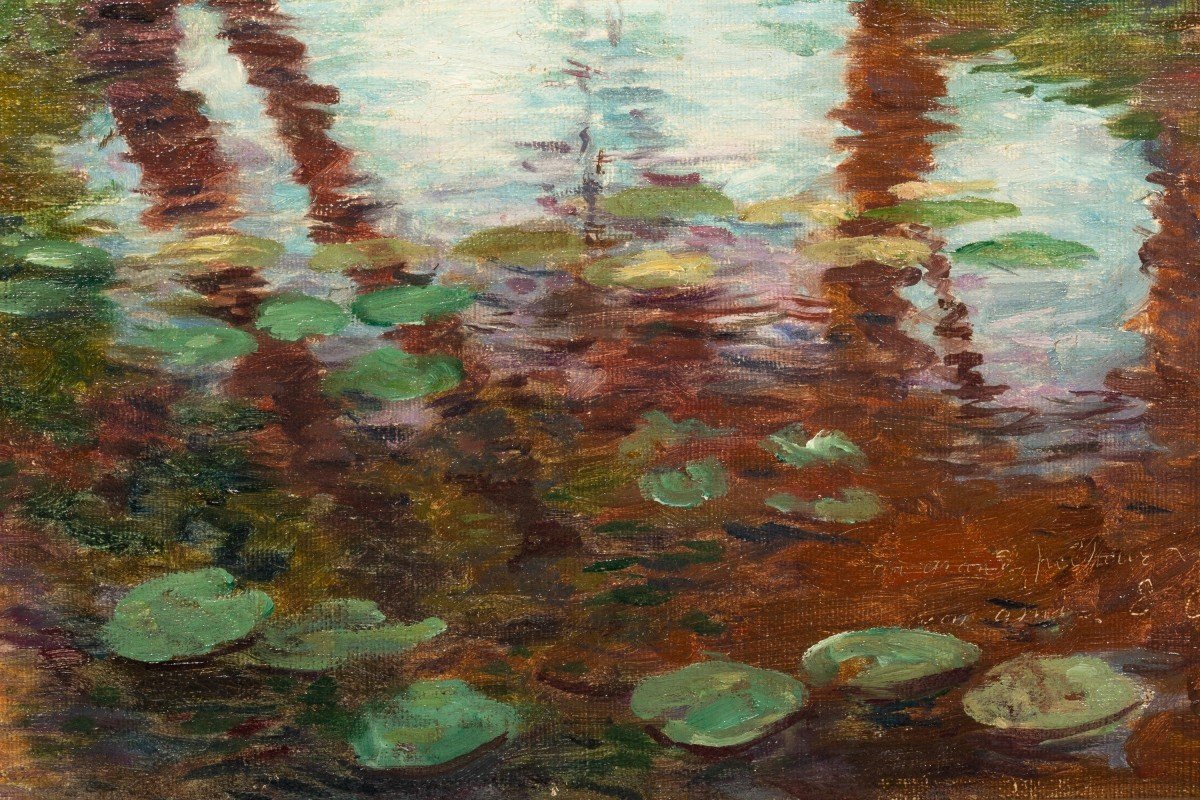

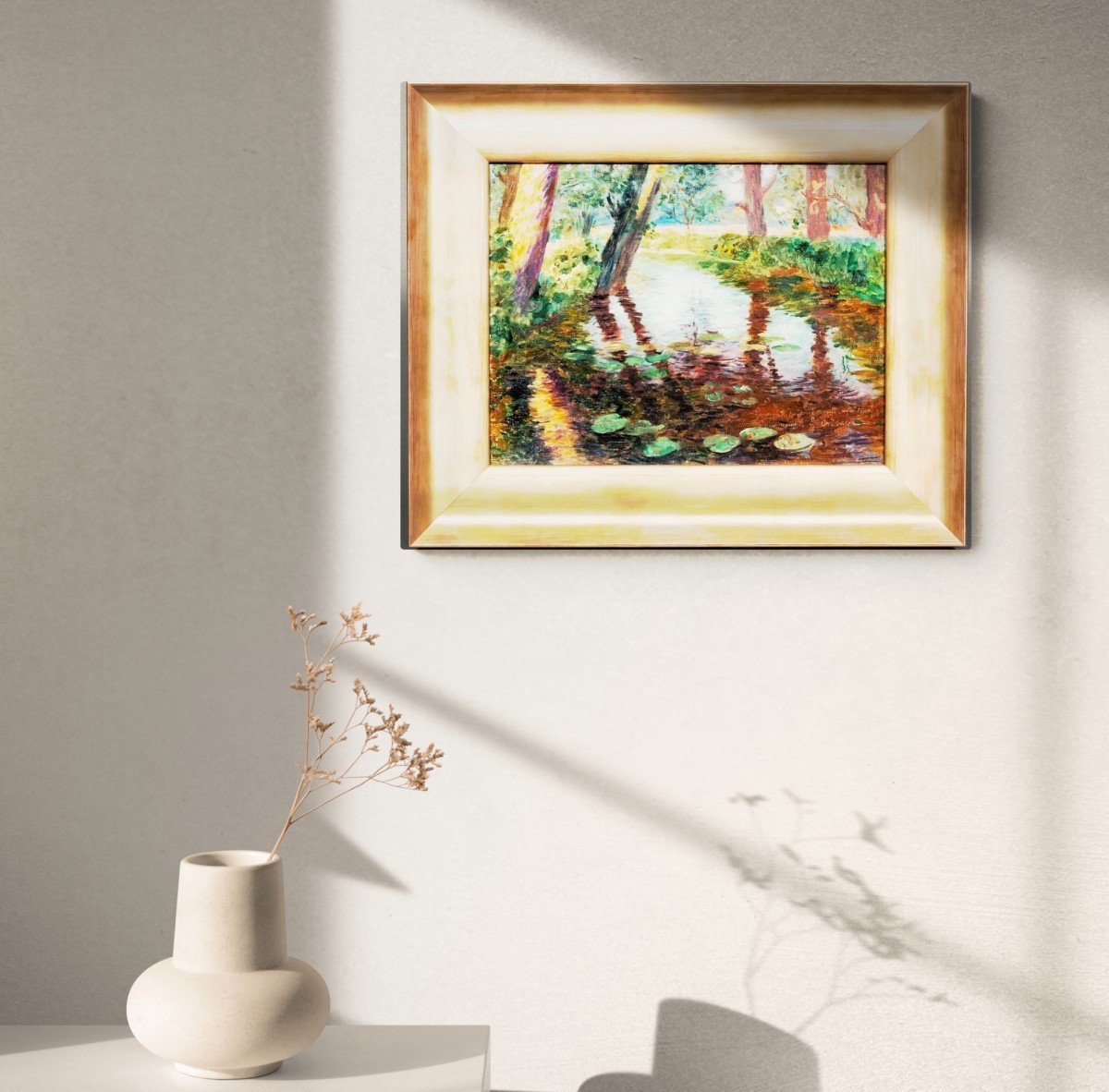

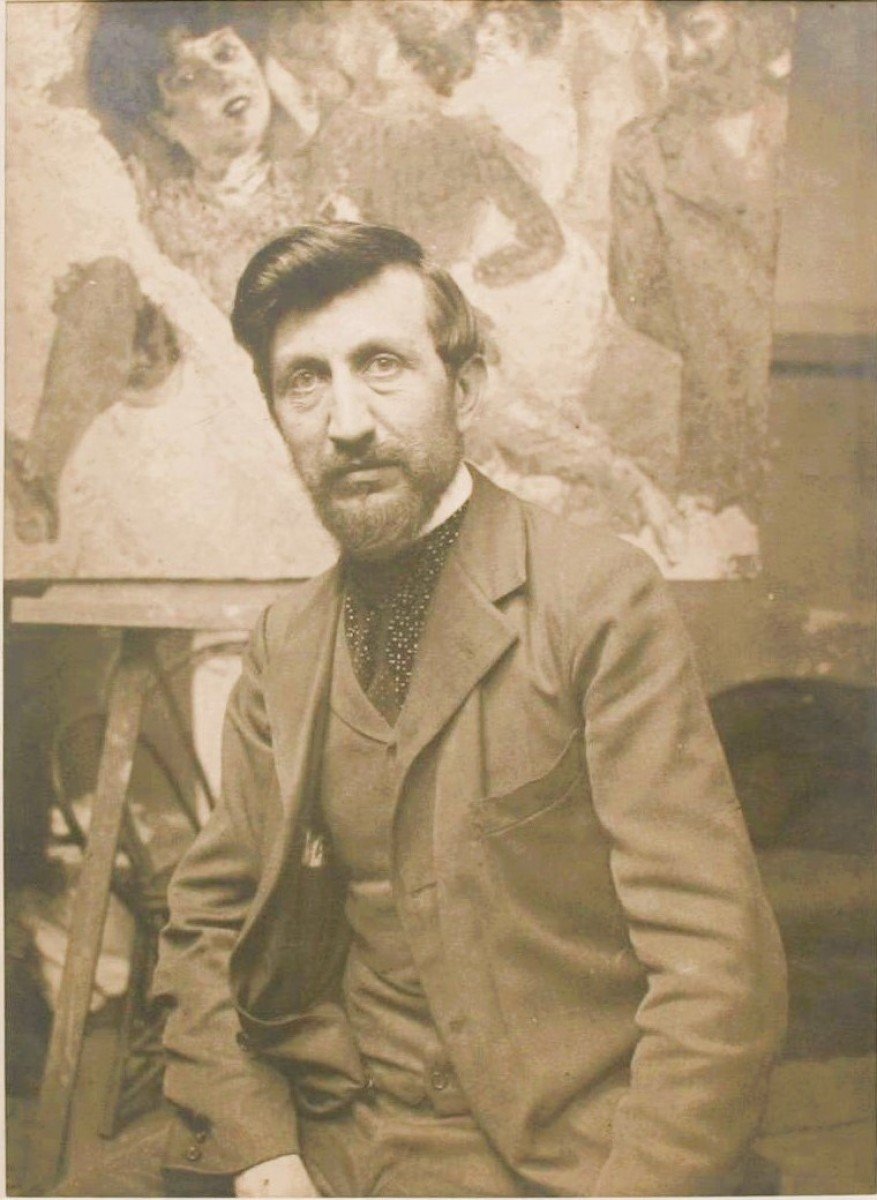











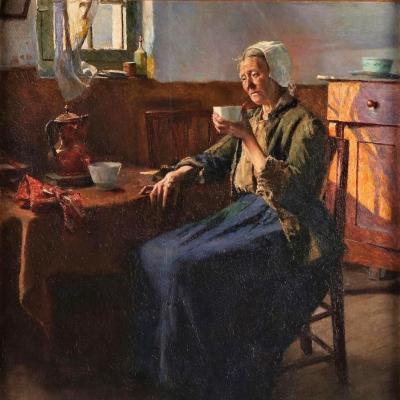
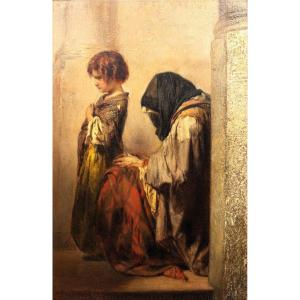







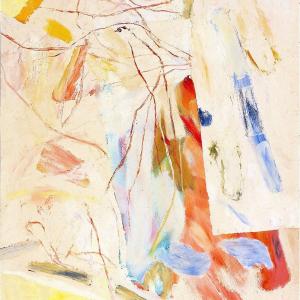
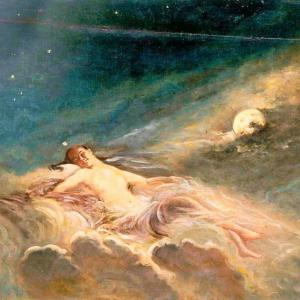

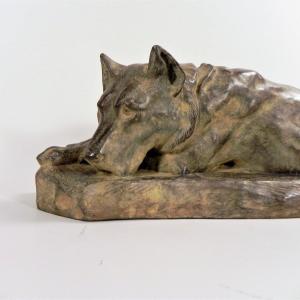
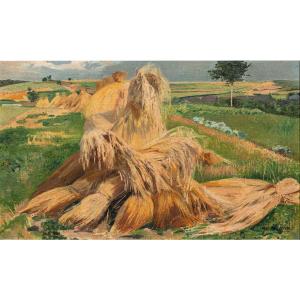

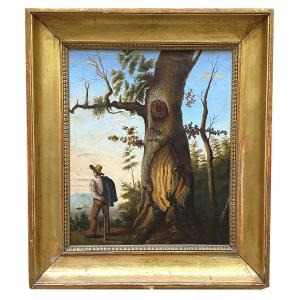

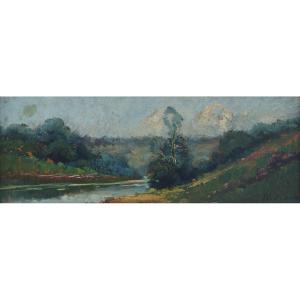





 Le Magazine de PROANTIC
Le Magazine de PROANTIC TRÉSORS Magazine
TRÉSORS Magazine Rivista Artiquariato
Rivista Artiquariato